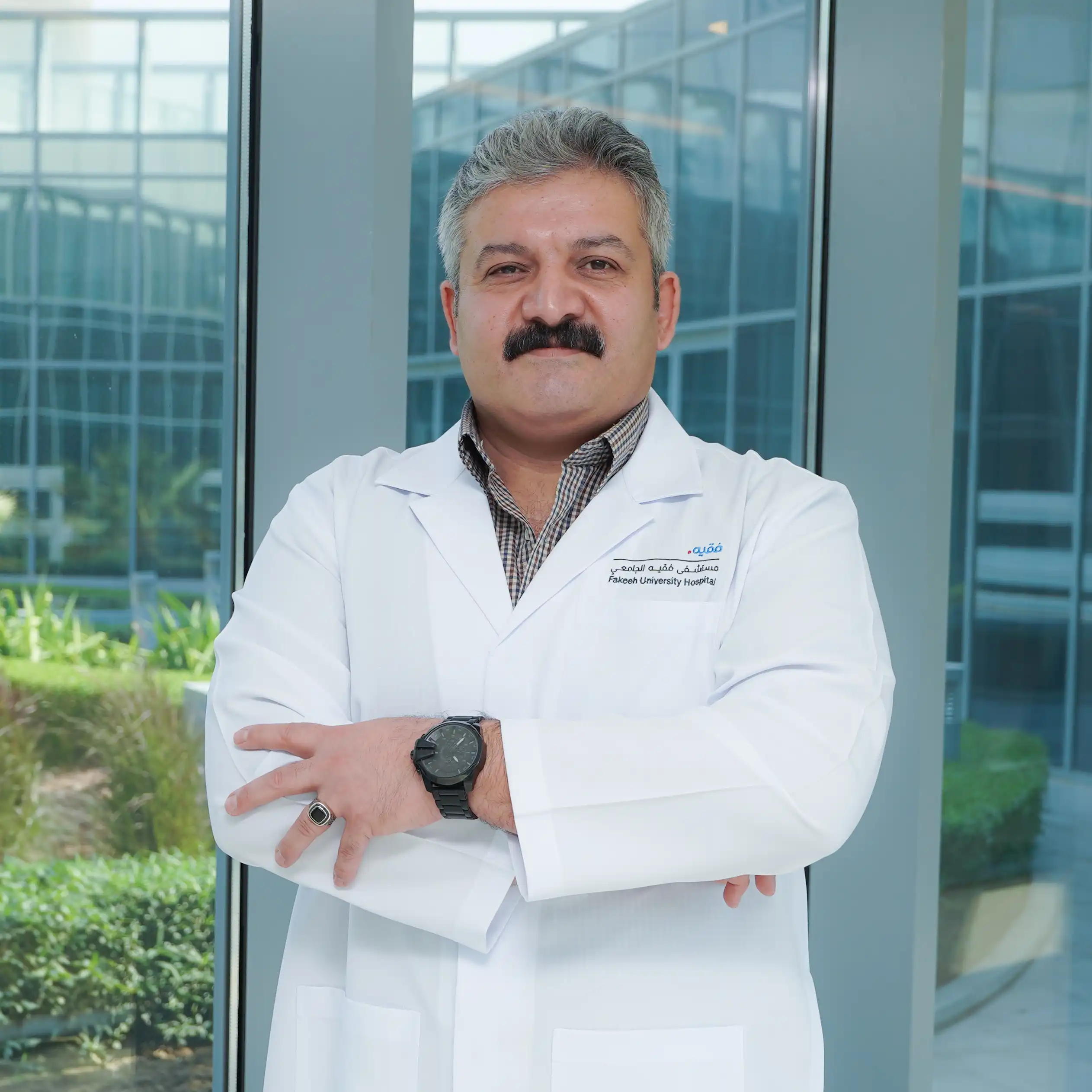What is the gist of the article on changes to health screening and the need for us to remain vigilant?
A recent study on the introduction of the use of artificial intelligence (AI) to mammographic screening discussed the need to vigilant even with technological advancements
This article talks about the use of artificial intelligence (AI) in the process of mammographic screening. The study also comments on the limitations of studies to date, and the characteristics of future studies that could provide the information needed to properly assess the impact of the introduction of AI into screening mammography.
There are well-established criteria for the use of a new health screening program, described more than 50 years ago, and these criteria are still appropriate. However, it should not be assumed that once a form of health screening is in place, it should be continued forever, there is always room for improvements. Advancement in the techniques of mammographic screening, has already happened which is shift from screen-film to digital mammography and the use of breast tomo-synthesis as an alternative to two-view digital mammography for breast cancer screening. Another modification to screening mammography on the horizon is the incorporation of AI into the interpretation of mammographic images.
When incorporating AI with mammography, it is possible that AI will improve sensitivity and reduce the rate of interval cancers, as we already know that even the best performing screening mammography program will miss some cancers, which subsequently present as interval cancers.
Furthermore, screening programs tend to use two independent readers and so are relatively expensive to run. The use of AI could help to reduce these costs.
Although it might sound like a simple exercise to establish whether the incorporation of AI into mammographic screening improves the performance of a screening program specially AI system was more likely to detect micro-calcifications which are associated with ductal carcinoma in situ. but it has been argued that AI program was detecting very slow-growing tumors (leading to overtreatment).
More prospective studies need to be done while establishing the accuracy of the results needs to be reported as real numbers (true positives, false positives, true negatives, and false negatives), which allows for the calculation of sensitivity and specificity in both the AI system and the comparator (and the difference between them).
Do we need to remain vigilant while using technology for health screening?
Yes, all the above listed reasoning does not rule out the need to be vigilant while using technology for health screening. Healthcare providers should stay cautious when new technology is introduced into a screening program. It should not be assumed that what seems like a simple modification, leaves the balance of benefits and harms unchanged.



%2520(1).avif)






%2520(1).avif)



